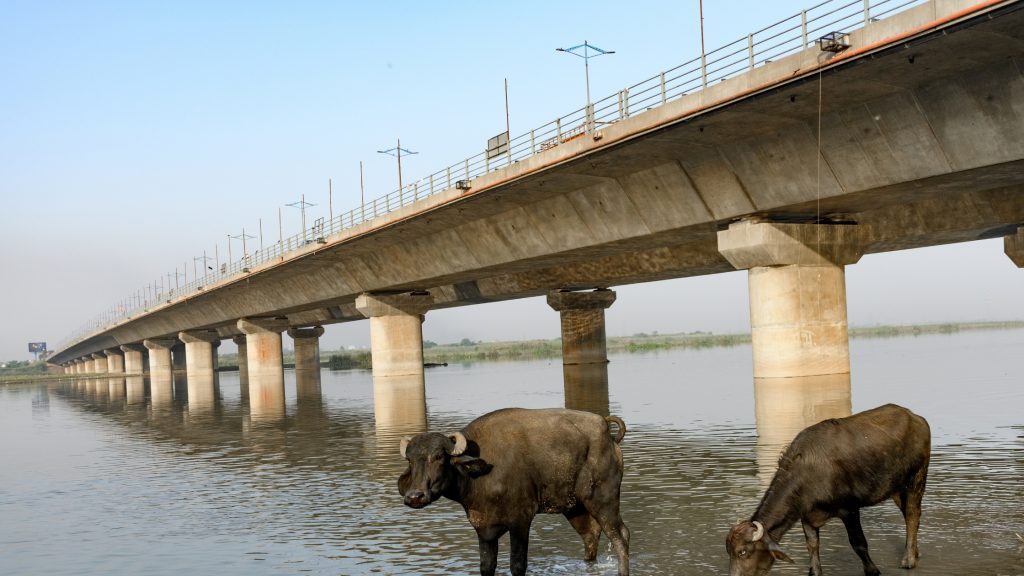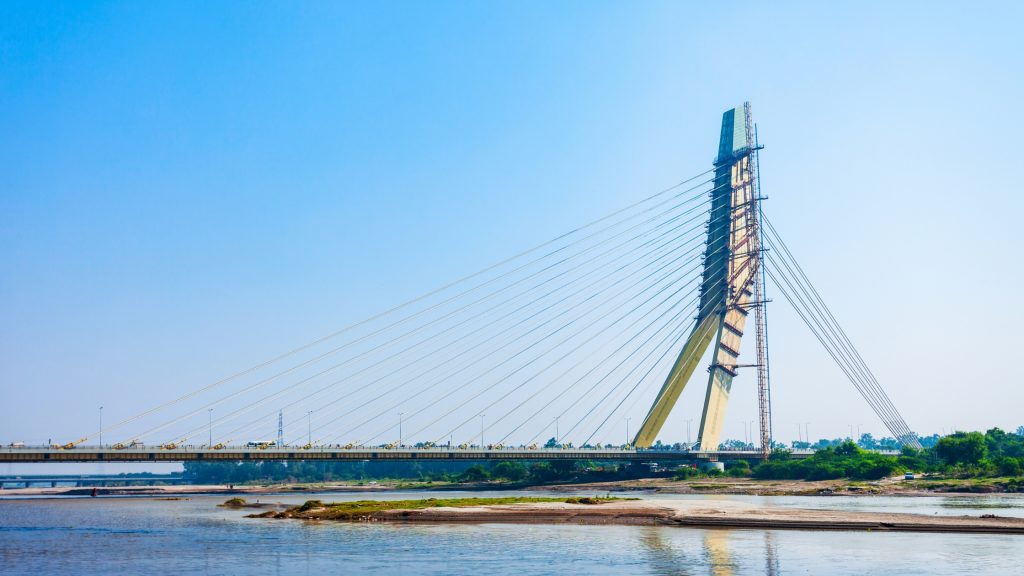Contents
Clean Yamuna River Project
The Yamuna River holds deep cultural and ecological significance in India. Over the years, however, this sacred waterbody has suffered from severe pollution and degradation, particularly as it flows through the National Capital Region (NCR) of Delhi. But there is hope on the horizon – the Clean Yamuna River Project. This ambitious initiative aims to breathe new life into the river, ensuring its rejuvenation and ecological balance. In this article, we will explore the Clean Yamuna River Project, its objectives, the challenges it faces, and the progress it has made so far.

Objectives of the Clean Yamuna River Project
The Clean Yamuna River Project has been set in motion with several important goals, all aimed at bringing the river back to life and making it suitable for the sustenance of all life forms. Some of the primary objectives include:
1. Reducing Pollution from Municipal Sewage
One of the major sources of pollution in the Yamuna River is untreated sewage from towns and cities along its banks. The project focuses on building and upgrading sewage treatment plants (STPs) to effectively treat wastewater. Additionally, existing STPs are being rehabilitated to ensure they function at their best capacity.
2. Controlling Industrial Pollution
Industries located along the Yamuna River have been contributing to its pollution by releasing untreated or partially treated effluents directly into the water. The Clean Yamuna River Project is working to enforce strict regulations and set up effluent treatment plants to curb this industrial pollution significantly.
3. Solid Waste Management
The riverbanks have been plagued with litter, including plastic and other non-biodegradable waste, which adds to the river’s pollution. The project aims to implement effective solid waste management practices to prevent the accumulation of waste along the river.
4. Restoring River Flow
The reduced flow of the Yamuna River during certain seasons exacerbates pollution levels and adversely affects its health. The project focuses on enhancing the flow of the river through measures like rainwater harvesting, interlinking of rivers, and regulating water releases from reservoirs.
5. Biodiversity Conservation
The Yamuna River, in its pristine state, used to be a haven for diverse aquatic life and wetland ecosystems. The project aims to conserve and restore the river’s biodiversity by implementing measures to protect endangered species, rejuvenate wetlands, and promote sustainable fishing practices.

Challenges in Implementing the Project
The Clean Yamuna River Project is no small feat, and it comes with its fair share of challenges on the road to success. Some of the key challenges include:
1. Coordination Amongst Stakeholders
The success of the project relies heavily on collaboration between various government bodies, agencies, and local communities. Coordinating efforts, sharing resources, and ensuring transparency pose significant challenges.
2. Financial Constraints
Implementing a project of this magnitude demands substantial financial resources. Securing adequate funding and ensuring its efficient utilization are critical challenges.
3. Public Awareness and Participation
Raising awareness among the public about the importance of restoring the Yamuna River and encouraging their active participation in maintaining its cleanliness is an ongoing challenge.
4. Technological Solutions
The project involves the use of advanced and sustainable technologies for wastewater treatment, solid waste management, and river flow regulation. This requires expertise and continuous research.

Progress and Future Outlook
Despite the challenges, the Clean Yamuna River Project has achieved commendable progress. Some of the key achievements include:
- Upgrading and constructing sewage treatment plants, resulting in a significant reduction in untreated sewage entering the river.
- Enforcing strict regulations to control industrial pollution, leading to a decrease in harmful effluent discharge.
- Garnering public participation through awareness campaigns, resulting in cleaner riverbanks and reduced littering.
- Witnessing positive results in biodiversity conservation, with some endangered species making a comeback.
The Way Forward
To ensure the continued success of the project, the following steps are essential:
- Sustained Funding: The project requires consistent financial support to implement and maintain its various initiatives effectively.
- Technological Advancements: Embracing innovative and eco-friendly technologies will enhance the project’s efficiency and long-term impact.
- Stakeholder Engagement: Collaborating with local communities, NGOs, and industries will foster a sense of ownership and responsibility towards the river’s well-being.
- Regular Monitoring and Evaluation: Establishing a robust monitoring and evaluation mechanism will help identify gaps and ensure timely corrective actions.
The Clean Yamuna River Project stands as a beacon of hope for the revival of the Yamuna River. It reflects the collective determination of various stakeholders to restore this lifeline of Delhi and safeguard its ecological integrity for generations to come. With sustained efforts, adequate funding, and active public participation, the dream of a clean and thriving Yamuna River can be transformed into a reality.
Leave a Reply